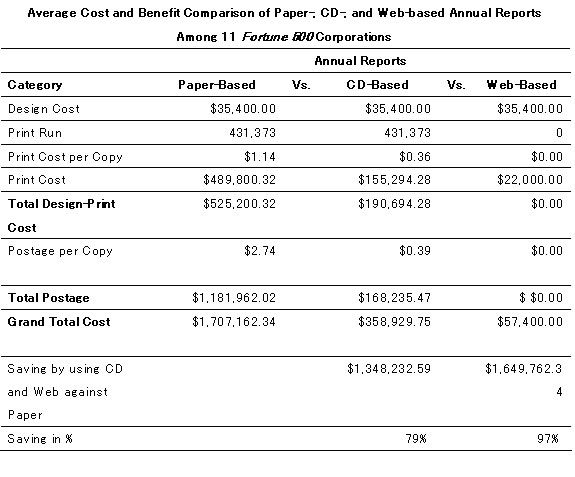In an informal analysis of the worldwide optical drive market, the market share between compatible drives, as shown below, mark trends in the industry:
1) ROM versus RW – Most of us have noticed that the COMBO-RW already occupies 90% of the drive market share compared to the ROM market. Hardly anyone will purchase a ROM unless they intend to use it as a pure-reader. This is traditionally found only in the duplication industry.
2) COMBO (CD/DVD) versus BD (Blu-ray) – “DVD burners will remain the bread-and-butter business for ODD vendors. Despite Blu-ray’s win over HDD in the format war, BD drive adoption will be limited in 2008,” said Wolfgang Schlichting, research director, Removable Storage, at IDC.
3) Half-Height (HH) versus Slim – In Japan the slim drive for the notebook series shares a bigger market because of its space-saving concept. However, half-height drives are stilling leading the market share due to its lower price offer.
4) PATA/IDE versus SATA – In 2008, we see a dramatic change in the demand and supply of PATA versus SATA drives. Understandably many consumers are confused by which format to choose. In the meantime, PATA is fine and SATA is fine. The consumer should focus their choice based on the subsystem, not the drive interface. If the drives are sold inside the SharkCopier and the SharkCopier is performing well at the right affordable price with PATA, then the drive choice no longer becomes a factor.






